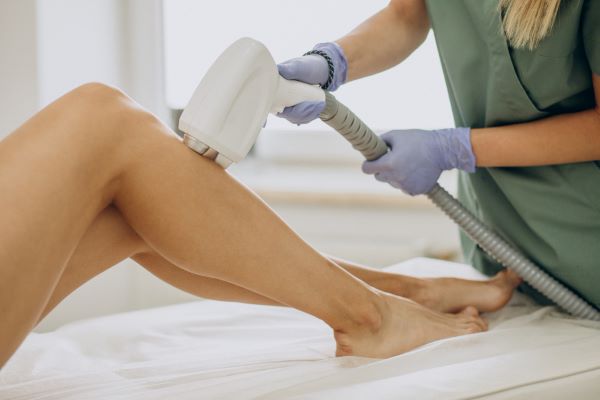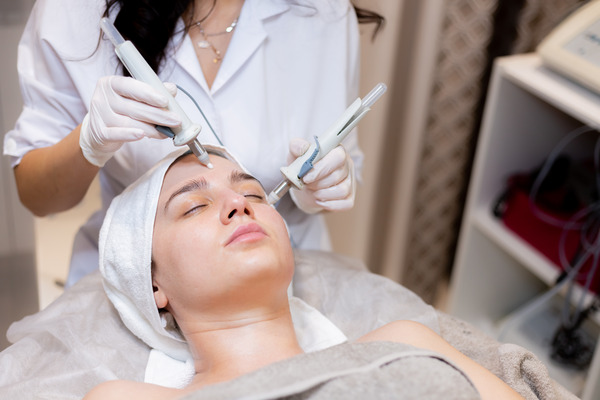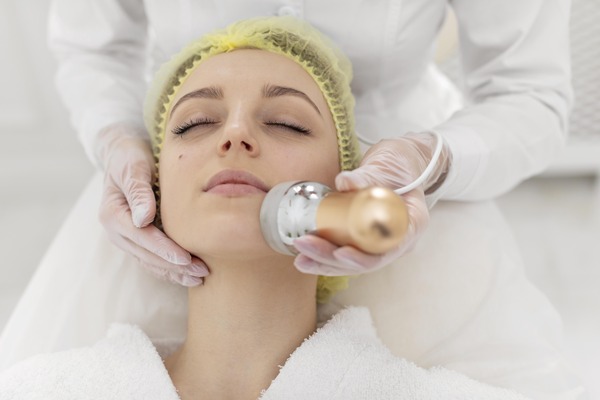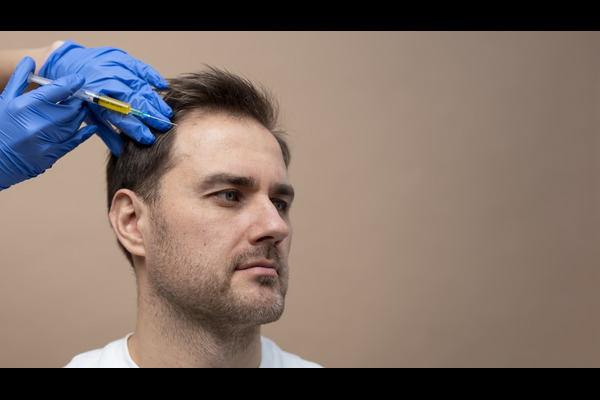
Donor Area Recovery Post Hair Transplant Surgery
One of the most common concerns patients have after a successful hair transplant surgery is recovery and scarring. There are many ways to mitigate this issue, but you mustn't act carelessly if you wish to heal properly and not cause any lasting disfigurement.This article will explore insights about what happens to the donor area post hair transplant surgery. Let’s dive in!
How Donor Area is Affected by Hair Transplant
Hair follicles are taken from areas of the head that resist DHT. The sides and back of your head make for a good extraction site, but this leaves them with small incisions. These cuts will heal in time - they won't take more than a few weeks to close completely.
As the wound heals, it will form a scab to protect your body and provide protection from any harmful bacteria. The clotting process is what prevents you from bleeding out or getting infected, as blood clots can slow down drastically if there's an open cut that stays unclothed for too long.
When you notice that the scab has started to itch, it'll get drier and fall off. The edges of your skin will start coming together by then, closing up this wound with a taut red surface underneath.
Does The Scar Go Away Completely?
The healing process of a surgical scar might take some time, but it'll be worth the wait. The sooner you start working on your recovery after surgery is completed, the better because there are factors that affect wound-healing which include age and lifestyle. After all - the scar won't stay forever.
How to Have a Healthier Recovery?
Keeping the donor area, not smoking or drinking, not picking out scabs, resting, and taking all the medications prescribed by a doctor are some practices that can help you recover quickly and healthily. You’ll be able to maintain a healthy donor area after a hair transplant if you follow these steps. It will also enhance the results of your surgery and ensure that it goes smoothly.
When Will The Donor Area Heal Completely?
The hair transplant donor area will take almost 2 weeks to heal after the surgery. However, the full recovery may not be complete for a few months - you can expect sensitivity, itching, and numbness during this period which is, in fact, a sign of healthy recovery. Taking good care of the donor area is one way to speed up the recovery.
Will Hair Grow Back in The Donor Area After Hair Transplant?
In about two weeks it will be hard to tell whether you had hair transplant surgery. Of course, your new growth would have covered the scars left behind from this type of procedure which can be executed by an expert surgeon in a way that ensures no noticeable patchy areas on either side after the recovery period is over with.
Conclusion
For the most part, recovery after hair transplant surgery is a breeze! You'll need to take care of your new head of beautiful locks and make sure you're treating both the transplanted hair as well as the donor area well. But with that said, if you do have any questions or concerns don't hesitate to get in touch with a professional.
Kaayakalp Clinic has been a haven for the body-conscious. With an expert staff and advanced technology, our patients have all of their needs met with one simple consultation. Come in today!
Follow us on:
Facebook | Instagram | Twitter | LinkedIn | Google My Business








